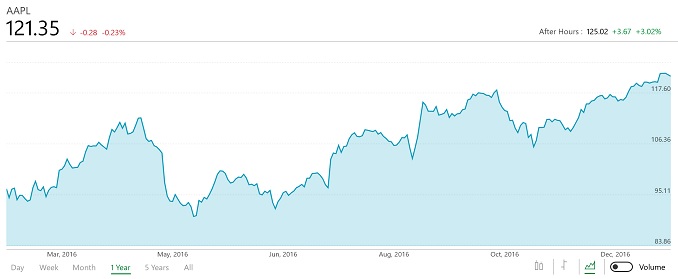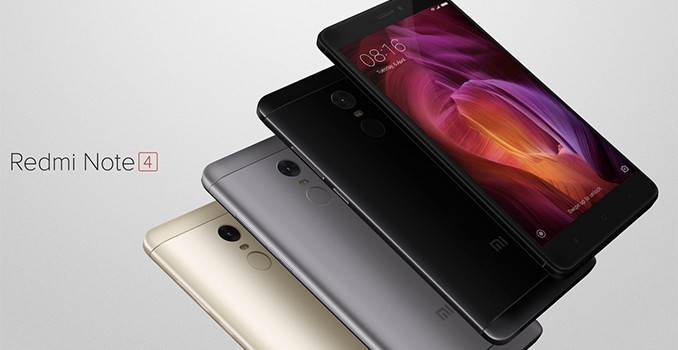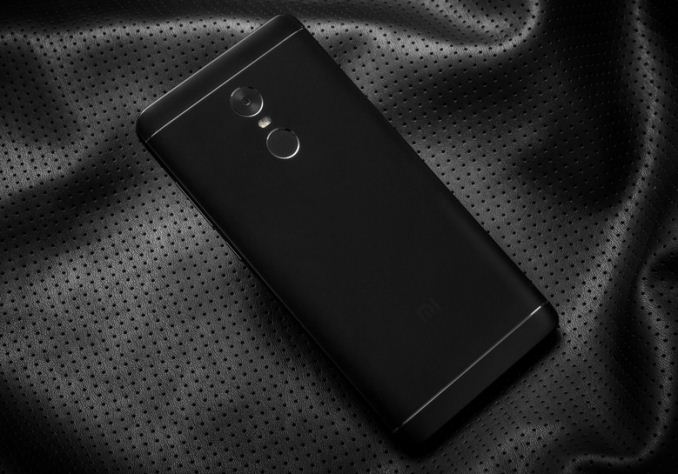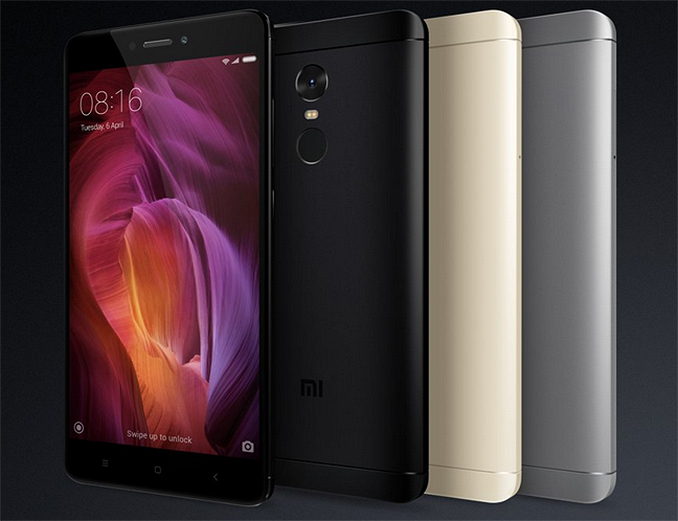Apple Announces Record Q1 2017 Results
Today Apple announced their earnings for the first quarter of their 2017 fiscal year. As is normally the case now that the iPhone has moved to a fall launch, Q1 tends to be their big quarter, and this one was the biggest yet for revenue, with Apple announcing $78.351 billion in revenue for the quarter. This is up 9% from a year ago. Gross margin was not as strong though, down $247 million despite the almost $2.5 billion more in revenue, but as a percentage it is still a strong 38.5%. Operating income was also down for the quarter, at $23.359 billion, compared to $24.171 billion a year ago. Net income was down 2.56% to $17.891 billion, but thanks to the share buyback program, Apple has less outstanding shares, meaning Apple set a record for earnings per diluted share of $3.36, despite the drop in net income. Apple has announced a dividend of $0.57 per share as well.
| Apple Q1 2017 Financial Results (GAAP) | |||||
| Q1’2017 | Q4’2016 | Q1’2016 | |||
| Revenue (in Billions USD) | $78.351 | $46.852 | $75.872 | ||
| Gross Margin (in Billions USD) | $30.176 | $17.813 | $30.423 | ||
| Operating Income (in Billions USD) | $23.359 | $11.761 | $24.171 | ||
| Net Income (in Billions USD) | $17.891 | $9.014 | $18.361 | ||
| Margins | 38.5% | 38.0% | 40.1% | ||
| Earnings per Share (in USD) | $3.36 | $1.67 | $3.28 | ||
With the launch of the latest iPhone 7, there was certainly controversy over the loss of the headphone jack, but that did not stop people from buying it. Apple sold 78.29 million iPhones this quarter, up 5% from a year ago. This is a new record for iPhone sales in the quarter, up about 3.5 million units, which is a good sign for Apple after had several quarters in a row of slowed iPhone sales. We’ll see if they can keep it up for fiscal year 2017. As far as revenue, iPhone is still the juggernaut of Apple’s financials with $54.378 billion in revenue for the quarter. That is 69.4% of all of the revenue for Apple.
iPad continues to struggle, at least compared to the rest of Apple, with sales dropping another 19% this quarter to 13.081 million, and despite the higher priced iPads in the lineup, revenue dropped even further to $5.533 billion, which is down 22%. That puts an average selling price of just $422 on the iPad, down from $439 a year ago, despite the addition of the 9.7-inch iPad Pro last year with it’s $100 higher asking price of $599. New iPad models haven’t really saved this segment from continuing to contract, but with the addition of the larger iPhone I suppose this makes some sense.
Mac sales for the quarter were up 1% only, despite the launch of the refreshed MacBook Pro models in October, but they were not shipping in volume until later in the quarter, so there may be some impact from that. Despite the sales only being up 1%, revenue was up 7% to a new record high of $7.244 billion this quarter, and the Mac has slowly worked itself back up to being the second largest source of revenue for Apple. But I don’t think that’s going to last for much longer.
| Apple Q1 2017 Device Sales (thousands) | |||||
| Q1’2017 | Q4’2016 | Q1’2016 | Seq Change | Year/Year Change | |
| iPhone | 78,290 | 45,513 | 74,779 | +72% | +5% |
| iPad | 13,081 | 9,267 | 16,122 | +41% | -19% |
| Mac | 5,374 | 4,886 | 5,312 | +1% | +7% |
Apple’s Services segment, which includes digital content from iTunes, app revenue, AppleCare, Apple Pay, and other services, is now the fastest growing segment of Apple, with revenues for the quarter of $7.172 billion, which is up 13% from last quarter and up 18% from last year. At this rate, it will overtake the Mac revenue next quarter, depending on how Mac sales go. This has been a very strong market for Apple over the last while, and I would think the addition of Apple Music must be helping as well.
Other Products include Apple TV, Apple Watch, Beats, and accessories, and although the segment overall is down 8% to $4.024 billion, Apple did announce they sold a record for Apple Watch revenue, although they’ve never announced numbers for that.
Apple is projecting revenue for next quarter of $51.5 to $53.5 billion, and margins between 38 and 39 percent.
Source: Apple Investor Relations













